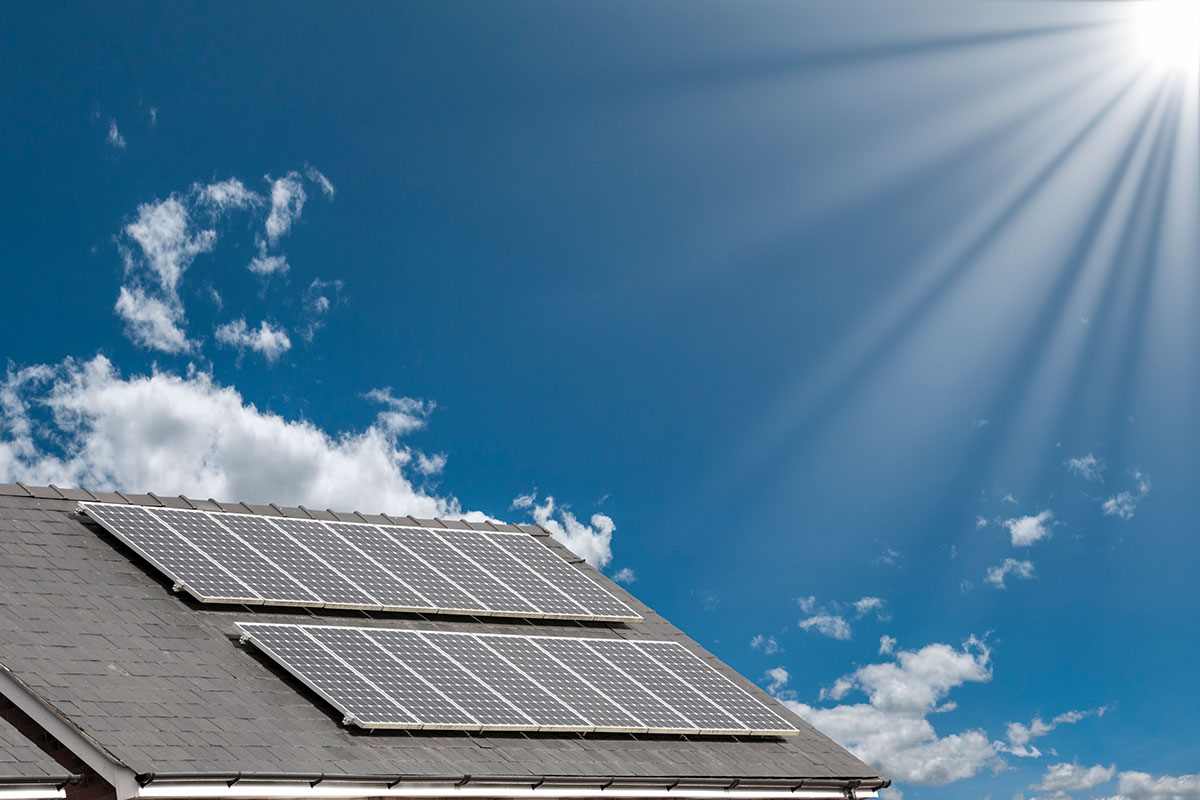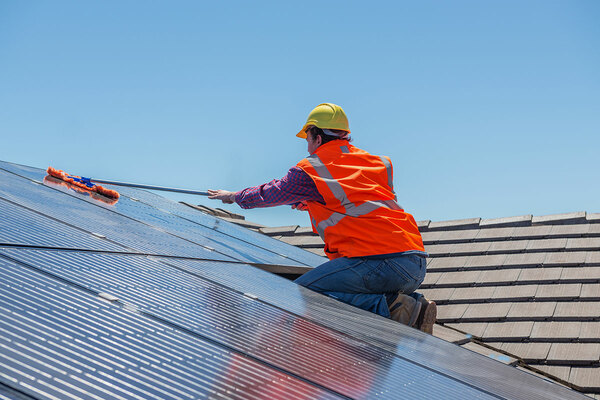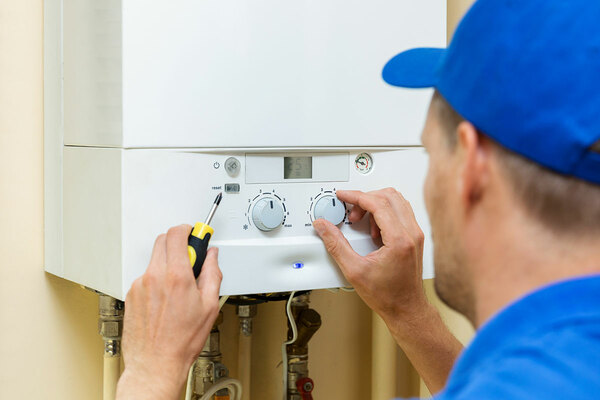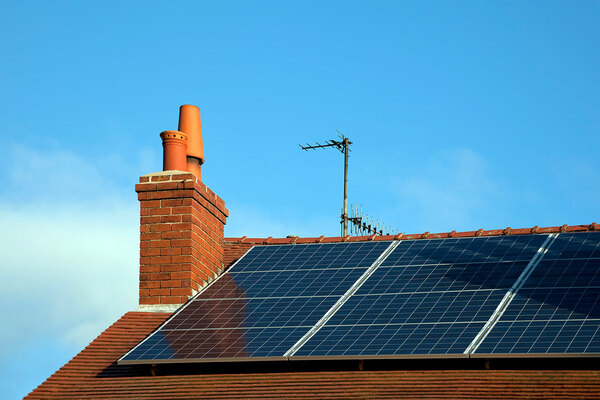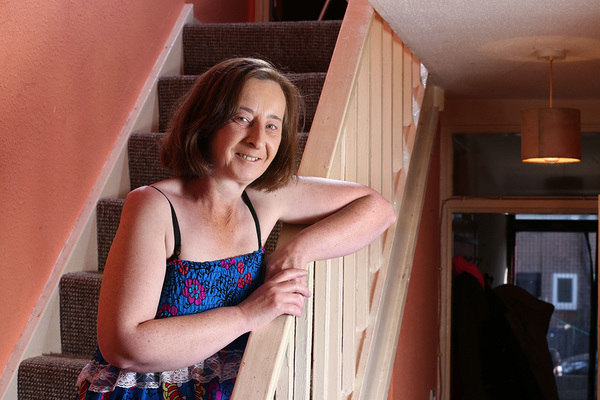You are viewing 1 of your 1 free articles

We must seize the opportunity for improved home energy efficiency
Policy on the table so far will not be enough to retrofit Britain’s housing, says Mike Thornton
UK homes account for more than 20% of our greenhouse gas emissions, and our homes currently lose heat up to three times faster than European homes.
With two-thirds of UK homes still below an EPC ‘C’ standard – the minimum benchmark to ensure we are on track to reach the UK’s net zero targets – we urgently need greater action. We must use 2021 to put in place a fair and affordable programme to upgrade our housing stock.
New modelling by the Climate Change Committee (CCC), published in December 2020, found that the total investment to decarbonise heating (averaging £10,000 per home), could be lower than the cumulative energy bill savings by 2050.
“If improvements to decarbonise homes are limited to those people able to finance the work – through savings, conventional borrowing, or limited grants – then the transition to net zero will worsen, rather than resolve current inequalities”
This is clearly a good deal for the economy and a welcome finding, as previous estimates had suggested the best-case scenario would be stable bills, with an increase in bills more likely. The CCC’s findings refer specifically to pursuing a ‘balanced pathway’, which prioritises energy efficiency.
On an individual level, while many home upgrades will recoup the initial outlay through bill savings or an increase in the house price, that is not the case for everyone. ‘Payback’ from energy efficiency measures will not necessarily work for housing requiring more extensive work, or homeowners planning to move within a couple of years.
But there is still a need for the work to be done – both for carbon savings and wider energy system benefits, such as relieving pressure on local electricity grids.
As these significant system outcomes are ‘public’ rather than ‘private’ and the economy as a whole benefits from decarbonising heating, it is reasonable that the costs are at least partially socialised (for example through public spending on support for measures) instead of being left to individual homeowners. And there is also an issue of fairness.
If improvements to decarbonise homes are limited to those people able to finance the work – through savings, conventional borrowing or limited grants – then the transition to net zero will worsen, rather than resolve current inequalities as those people will achieve savings on their fuel bills that are not available to others.
This highlights questions of fairness: who pays for the work, how are costs distributed and how can we ensure that everyone benefits?
“The Energy Saving Trust calls for housing to be classed as national infrastructure, rather than a collection of private assets. This would help justify more support for households, ensure stronger quality standards and promote better distribution of costs and benefits”
These issues of fairness, combined with the need to accelerate action, underline the Energy Saving Trust’s long-standing call for housing to be classed as national infrastructure, rather than a collection of private assets.
This would help justify more support for households, ensure stronger quality standards (poorly installed measures will not deliver the required carbon or bill savings) and promote better distribution of costs and benefits.
The government’s recent Energy White Paper and National Infrastructure Strategy did not address the question of ‘who pays?’ – deferring these issues to the forthcoming Heat and Buildings Strategy.
However, there has been some progress here. Before the end of 2020, government committed to establishing a new National Infrastructure Bank in 2021. This will “co-invest alongside the private sector in infrastructure projects”, including those relating to net zero.
To seize the significant opportunity to improve home energy efficiency, the National Infrastructure Bank’s investments must include support for housing upgrades.
To date, government’s proposals for financing retrofit outside the social housing sector focus on mortgage-based loans – for example in the recent consultation on the private rented sector and for a new obligation on mortgage providers.
While this may work well for much of the market – where upgrades are relatively straightforward and where assets prices are high, or the homeowner has sufficient equity – it will not be suitable for all.
A financing mechanism used for building upgrades in the US – ‘property assessed clean energy’ (PACE) – is a useful precedent. This would provide homeowners with a low-cost, long-term loan to carry out the work, which is attached to the property rather than the borrower, and therefore repaid by successive building owners.
Combined with subsidies for expensive measures, such as solid wall insulation and 100% grant funding for at least the 2.5 million fuel-poor households currently unable to afford adequate heating, this model could ensure that all those willing to upgrade their homes are able to do so.
“Better home energy efficiency could help prevent the 3,200 deaths a year directly linked to cold, damp homes, as well as minimising the annual NHS cost of up to £2bn from treating health conditions made worse by poor housing”
In the meantime, all homeowners in England – including private landlords – should consider applying for the government’s Green Homes Grant, a short-term stimulus programme to upgrade up to 600,000 homes. Homeowners and landlords can apply for vouchers worth up to two-thirds of the cost of upgrading the energy efficiency of their home – with lower-income households eligible for up to 100% funding.
It is not just the environmental imperative that highlights the urgent need for action. Better home energy efficiency could help prevent the 3,200 deaths a year directly linked to cold, damp homes, as well as minimising the annual NHS cost of up to £2bn from treating health conditions made worse by poor housing. In addition, retrofitting the UK’s buildings to use low-carbon heating could create 300,000 new green jobs.
With the need for the UK to show real leadership as government builds up to hosting the major UN Climate Change Conference (COP26) in November, improving home energy efficiency offers a clear route for urgent action that is good for everyone.
Mike Thornton, chief executive, Energy Saving Trust
